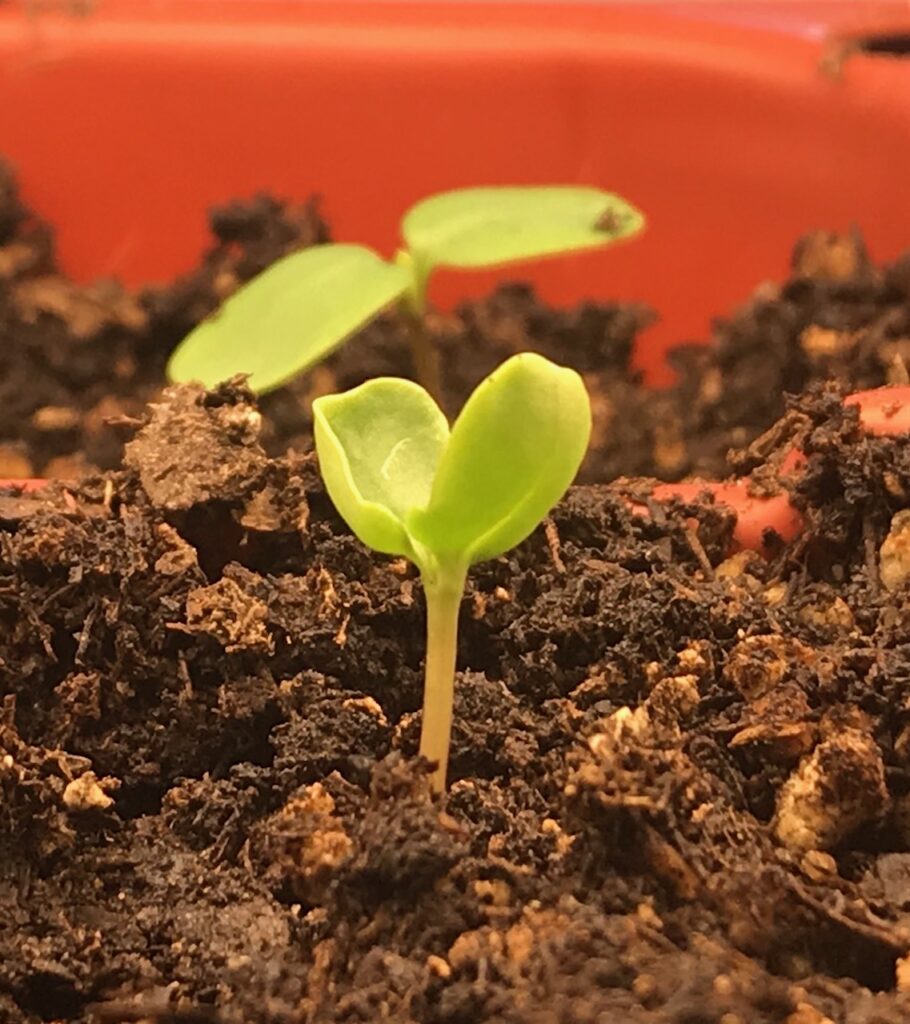March Garden Chores for Northern Gardeners
March is a challenge for the northern gardener. The weather teases us with a warm days, followed by a deep freeze. In some years, you’ll see some early blooming bulbs—sometimes it seems too early. In others, nothing. Given our warm temperatures this week, it’s likely much of the snow will melt, but we know that this is no time to be walking around the grass, compressing the soil, no matter how tempting.
But which March garden chores are okay to do? Here’s a list:
Prune, prune, prune. Late March is the perfect time to prune fruit trees, hydrangeas and other shrubs and trees. Don’t prune any shrubs with spring flowers you want to enjoy, such as lilacs or azaleas. (Wait until after they bloom to prune them.) Plants are still dormant in March and you can see their structure well enough to see which branches should be removed. When pruning, look for branches that are dead, diseased or damaged branches. You’re also shaping the tree. Below is the third of a three-part series from the University of Minnesota on pruning fruit trees. Check it out:
Plan Your Garden. You probably have started this in your head at least, but now is the time to put pen to paper or pull up a garden planning app and decide where you will put what during the upcoming season. Having a sketch helps you decide things like color schemes in ornamental gardens or how to do succession planting in vegetable gardens. It’s also just fun to dream about what your garden will look like this year.
Start Seeds Indoors. You’ve got your vegetable seed already, right? If not, head to the nursery or your favorite online seed purveyor and choose your vegetable seeds for 2021. If catalog sellers are out of stock (and they may be), check nurseries or even hardware stories. Many have seed displays this time of year. Some plants need to be started indoors under lights. In northern climates, now is a good time to start pepper seeds, lettuce you plan to plant out early in a cold-frame or protected area, and some annuals that take awhile to get going from seed, such as snapdragons, impatiens, ageratum or larkspur. Toward the end of the month, you may want to start more lettuce or tomatoes. If you don’t get to it until April, no worries. There’s still time to start plants from seeds. You can also continue to set out winter sowing containers.

Turn the Compost. If your compost pile is thawed (it probably isn’t just yet), March is a good time to turn it. You may be able to pull some finished compost from the pile and the rest of it will heat up as the temperatures rise.
Cut Branches for Forcing. If you’d like some blooms in your house early this year, cut branches from some of your favorite flowering shrubs for forcing in the house. Just cut the branches, place them in water and wait for the blooms. Diane McGann, our By Design columnist, has a complete column on how to do this in the March/April issue of Northern Gardener.
Fertilize Houseplants. With longer days, March is a good time to fertilizer your houseplants. Give each plant a weak dose (half strength) of water soluble plant food. Most plants grow very little in winter. Now is the time to give them a boost. Give them all a good watering (I like to put mine in the shower!) and check to see if they are root-bound. If so, put them in slightly larger pot with fresh soil.
Our March garden chores in the North are not extensive, but they are just enough to get gardeners excited for the season to come.


Thanks
I did my apple tree pruning in February, but just checked and there are a few more branches that are troublesome…maybe I still have time to prune them out.
Yes. Go for it.
April 6 – lots of warm weather… is it still too early for clearing out the gardens of leaves, cutting old stems, etc?
There may still be beneficial insects in the debris — though with the consistent warm temps we’ve had many may have woken up. If you want to clean up, use the chop and drop method (cut back, but leave the debris close by).